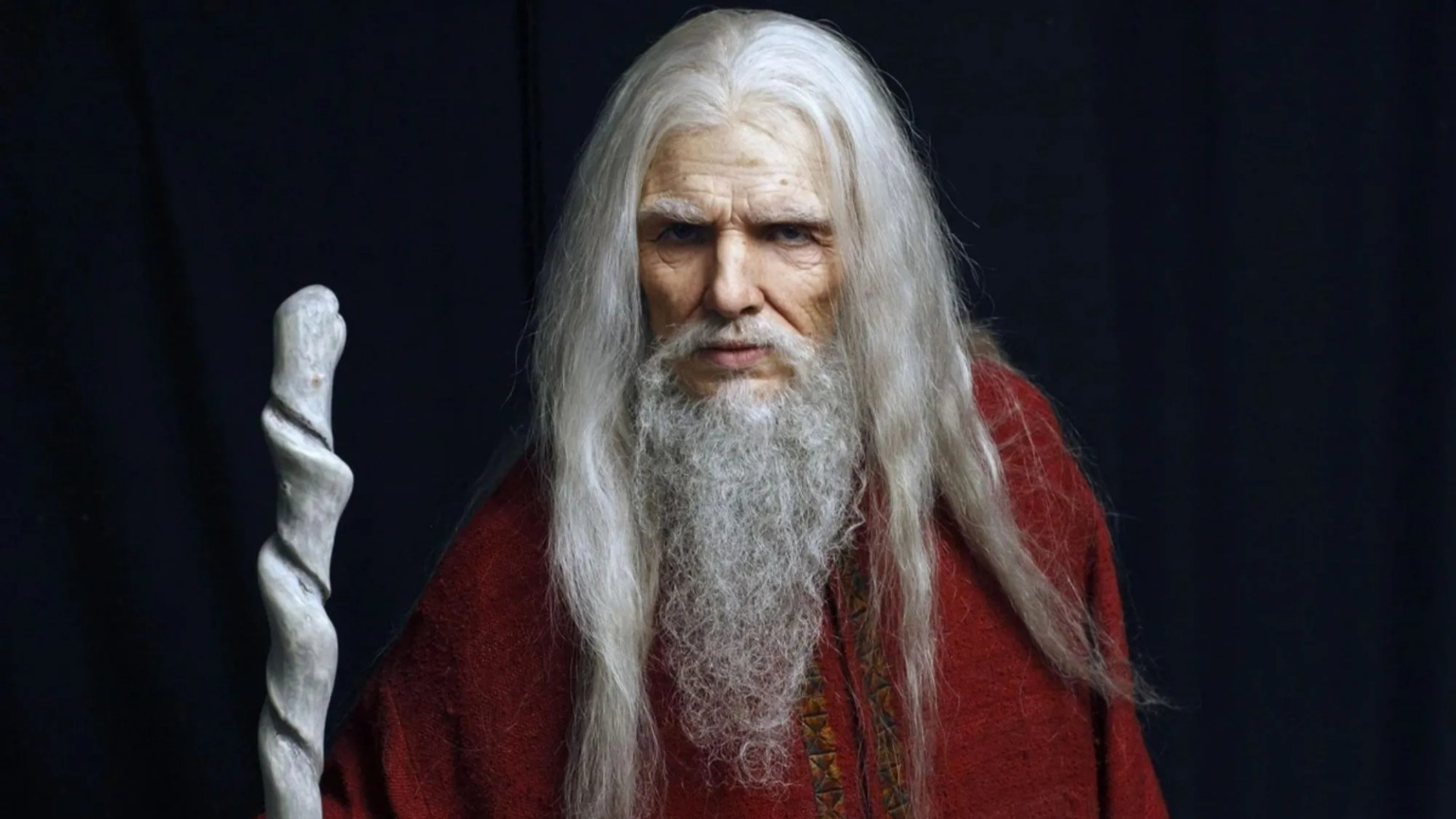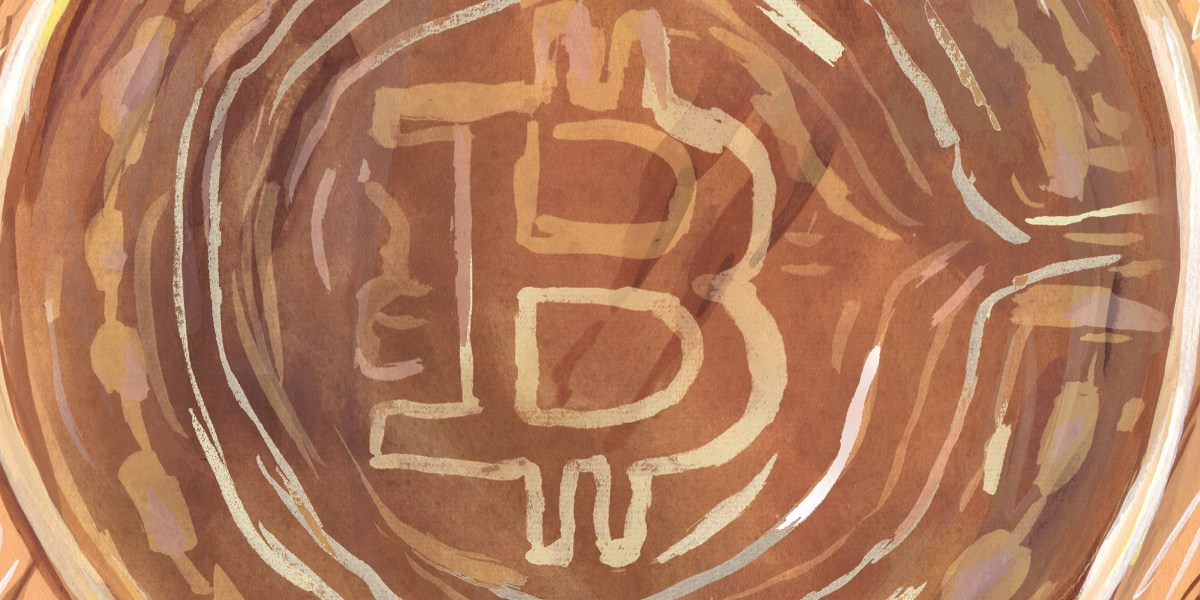RESEARCHERS hunting for the final resting place of infamous ancient wizard Merlin have reached a breakthrough in their search.
An excavation team working in Scotland, where his grave is believed to be, have found a “prominent” burial site in Peeblesshire.
7

7

7

7
The archaeologists found the site in Drumelzier, near a spot known in local folklore as Merlin’s Grave.
The Scotichronicon, a 15th-century account of Scottish history, tells the story of Merlin’s death by shepherds.
He was apparently stoned and beaten before falling off a cliff, impaling himself on a stake and plunging into the River Tweed before drowning.
But before he died, Merlin had converted to Christianity and so was later buried near a churchyard in Drumelzier.
A research survey beginning in November 2022 revealed something resembling a pit or grave near the site.
The final report has now been published.
It reads: “The Drumelzier’s Hidden Heritage project set out to investigate the archaeological roots of this local legend.”
There is evidence that “two individuals of exceptional elite status were buried” in the area, the investigation concluded.
The team did not find any remains at the site, but concluded that a “distinct anomaly” in the area is the “most likely candidate for a possible grave near this location”.
Lead researcher Ronan Toolis told the National: “The Drumelzier legend contains pre-Christian customs, ancient Cumbric names and was associated with local sites where archaeology now shows could credibly have given rise to the story [of Merlin’s death and burial].”
He added: “It seems to be a remarkable coincidence that the one hillfort associated with this local legend dates to exactly the same time as the story is set.”
Merlin, although known around the world as a wizard from the legends of King Arthur and Camelot, was also a real man who lived in southern Scotland in the late 6th century.
He is known to have had royal blood, was well educated and was one of the last great druids living in luxury before the genocide of his clan.
Merlin is believed to have acted as an advisor to King Arthur in the Dark Ages, before he was later imprisoned.
As the story goes he lived for a time in a forest, surviving in nature for over a decade and hiding in a mountain cave.
He was later killed and buried along the River Tweed.

7

7

7




